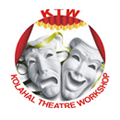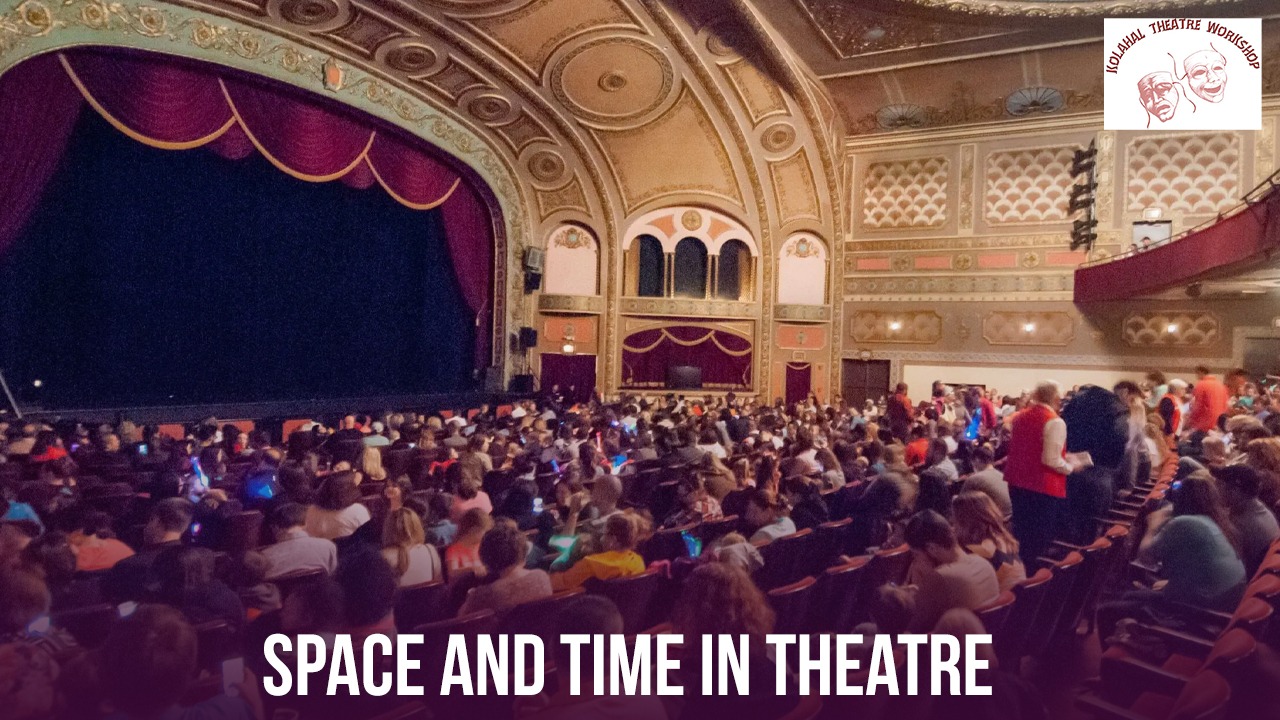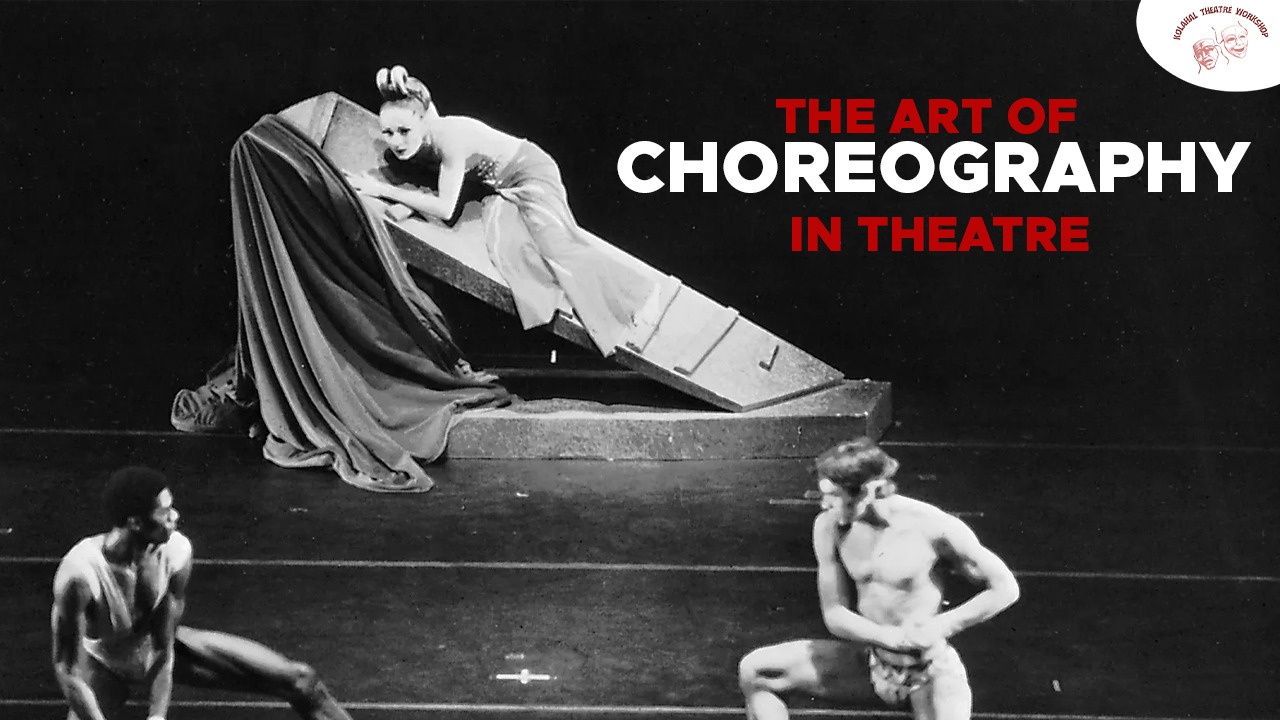The Evolution of Physical Theatre
Introduction
The Evolution of Physical Theatre is vast. Physical theatre, altogether, is a dynamic and expressive form of performance that transcends language barriers, has a rich and fascinating history that spans centuries. However, this captivating journey has witnessed the evolution of physical storytelling, blending movement, gesture, and emotion to create powerful narratives. Altogether let us join us as we embark on a journey through time, exploring the roots of physical theatre.
Ancient Beginnings
The roots of physical theatre can be traced back to ancient civilizations, where rituals, ceremonies, and religious practices often incorporated elements of movement and gesture. In ancient Greece, for example, the origins of physical theatre can be found in the ritualistic performances associated with religious festivals, particularly the worship of Dionysus. These early expressions laid the groundwork for the integration of movement and storytelling in theatrical settings.
Modern Mystery Plays
Certainly as we move through history, the medieval mystery plays emerge as a significant chapter in the evolution of physical theatre. However these performances, enacted in public spaces, utilized exaggerated gestures and stylized movements convey biblical stories to a largely illiterate audience. Regardless the performers, often wearing elaborate costumes and masks, relied on physicality to bring narratives to life, marking a crucial shift toward a more embodied form of storytelling.
https://kolahal.org/2023/11/10/mastering-the-stage-10-essential-tips-for-theatre-acting/
Commedia dell’arte
Earlier the Renaissance brought forth the commedia dell’arte, a form of Italian improvised theatre that heavily relied on physicality and stock characters. Eventually commedia troupes travelled across Europe, entertaining audiences with their energetic performances characterized by exaggerated movements, acrobatics, and slapstick comedy. This period not only contributed to the development of physical acting techniques but also laid the foundation for the emergence of mime and clowning.
The Pioneering Works of Jacques Corpeau
In the early 20th century, Jacques Copeau, a French theatre director, made significant contributions to the evolution of such. Copeau emphasized the importance of the actor’s body in conveying emotion and meaning. It advocating for a more naturalistic and physically expressive approach to performance. His influence extended to the work of other renowned theatre practitioners, such as Antonin Artaud and Jerzy Grotowski.
Physical Theatre in the Modern Era
The latter half of the 20th century witnessed a surge in experimental and avant-garde approaches to theatre. It lead to the rise of physical theatre as a distinct genre. Practitioners like Pina Bausch, with her groundbreaking Tanz theatre pushed the boundaries of what physicality could achieve on stage. These innovators seamlessly integrated movement, dance, and theatrical elements, creating a new landscape for physical expression.
Conclusion
The evolution of physical theatre is a testament to the ever-changing nature of artistic expression. From ancient rituals to medieval mysteries, It has undergone a remarkable transformation. Today, this dynamic form continues to captivate audiences worldwide. Challenging the boundaries of traditional performance and offering a unique lens through which stories can be told. Emotions expressed, and narratives brought to life through the artistry of the human body.
https://www.giaf.ie/media/post/physical-theatre-continues-to-energise-audiences-across-the-world





[…] The Evolution of Physical Theatre, a dynamic and expressive form of performance that transcends language barriers, has a rich and fascinating history that spans centuries. Click the link provided to read the full blog […]
[…] https://kolahal.org/2023/12/08/the-evolution-of-physical-theatre/ […]